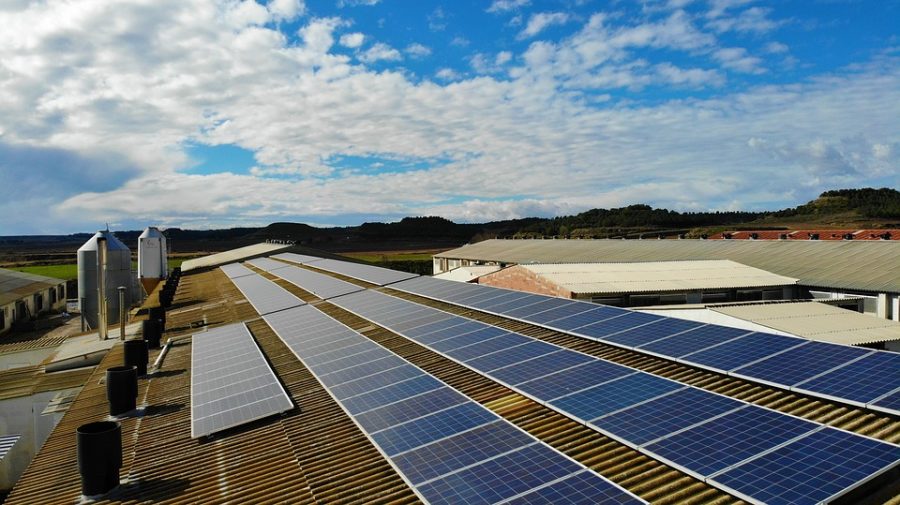More businesses shift to solar power
November 4, 2019
In a time where Americans and governments alike are divided over whether climate change is real or not, the number of businesses switching to solar power is at an all-time high.
Solar installations, analyzed in the Solar Energy Industries Association report, produce enough electricity to power 402,000 U.S. homes and offset 2.4 million metric tons of carbon dioxide,” according to CNBC.
This began with the Obama administration encouraging corporations to sign the American Business Act on Climate Pledge.
This pledge included, “Reducing emissions by as much as 50%, reducing water usage by as much as 80%, achieving zero waste-to-landfill, purchasing 100% renewable energy and pursuing zero net deforestation in supply chains.”
With carbon dioxide levels at their highest in centuries, corporations have begun to focus on shifting to solar energy to immediately remedy the climate crisis.
In the 2018 Solar Report conducted by the SEIA, it was revealed that the top five companies saving energy by switching to solar power were Apple Inc., Amazon.com Inc., Target Corp., Walmart Inc. and Switch.
Apple leads with 393.3 MW of solar energy utilized. As huge corporations such as Macy’s Inc., Microsoft Corp., Starbucks and Kohl’s become solar powered, it begs the question as to what the point of the switch is.
Businesses themselves also benefit from the shift to solar energy. Using solar energy is significantly cheaper than paying high electricity bills. Solar panels and windmills store up energy during the day and night, thus generating more than enough cheap energy for corporations to function.
Research done by Energy Sage highlights that the average commercial property owner pays around $538 in monthly electricity bills before going solar.
After their installation, their electricity bill was reduced to approximately $91 — an 83% reduction.” Initially, purchasing solar equipment is rather expensive and can cost hundreds of thousands of dollars.
However, within five years businesses begin to profit immensely from the switch.
In terms of marketing, becoming solar powered also brings in customers. Companies want the “green-label,” meaning they want to be known as environmentally friendly and socially responsible.
Consumers are enticed by companies that fulfill a sustainable model, and appear to care for people beyond a profit standpoint.
Though companies are largely becoming solar powered to increase their profits, it is positively impacting the environment as well.
Fossil fuels currently being used worldwide release carbon dioxide emissions. Carbon dioxide is a greenhouse gas, which re-radiates heat already found in the air back towards the earth.
Too much of this gas traps in heat, causing the earth to retain its heat longer and this is detrimental to the planet, as evidenced by the haphazard changing of temperatures worldwide.
Some companies, however, are not switching to solar energy because they see climate change as manageable. Certain sectors such as the agriculture industry could benefit, according to Forbes.
In this case, plants would reap the additional heat, producing more crops. In other areas, farmers will simply develop or adjust their methods to cope with the changes.
Though companies in the United States are decreasing their carbon footprint, developing countries do not have the luxury of relying solely on solar panel and thus, use more, Forbes also argues.
In this way, the switch to panels or windmills is negated.
To truly understand global climate change, businesses have to do a cost analysis.
Essentially, it boils down to corporations and businesses being able to enhance their own image, while significantly reducing expenses. Regardless of whether a company believes in climate change or not, they hold the true power to reducing carbon dioxide emissions on a global scale.








